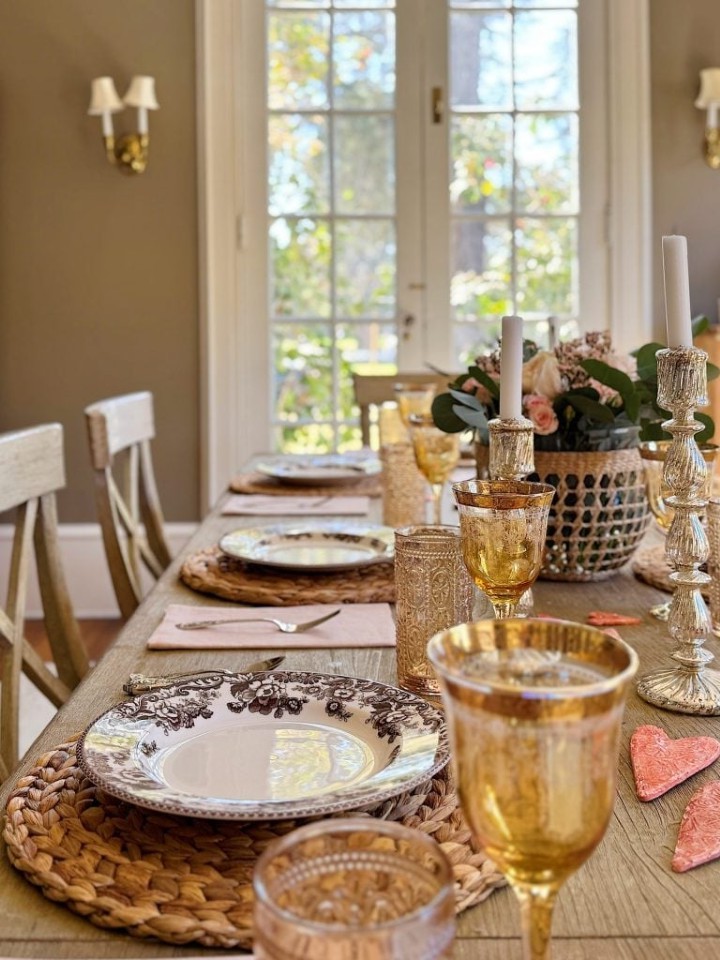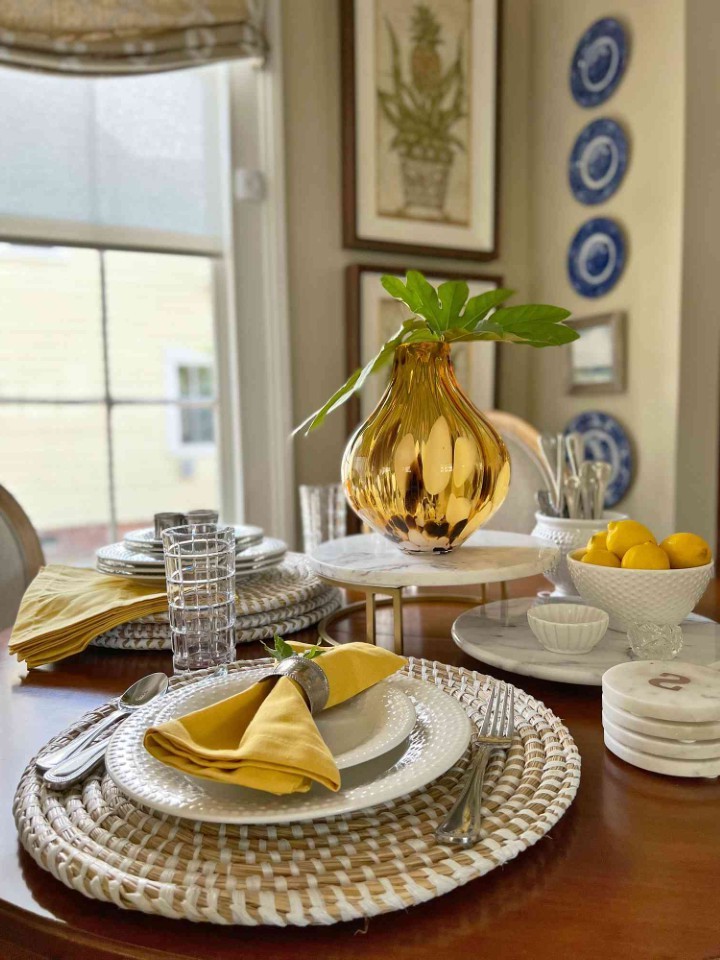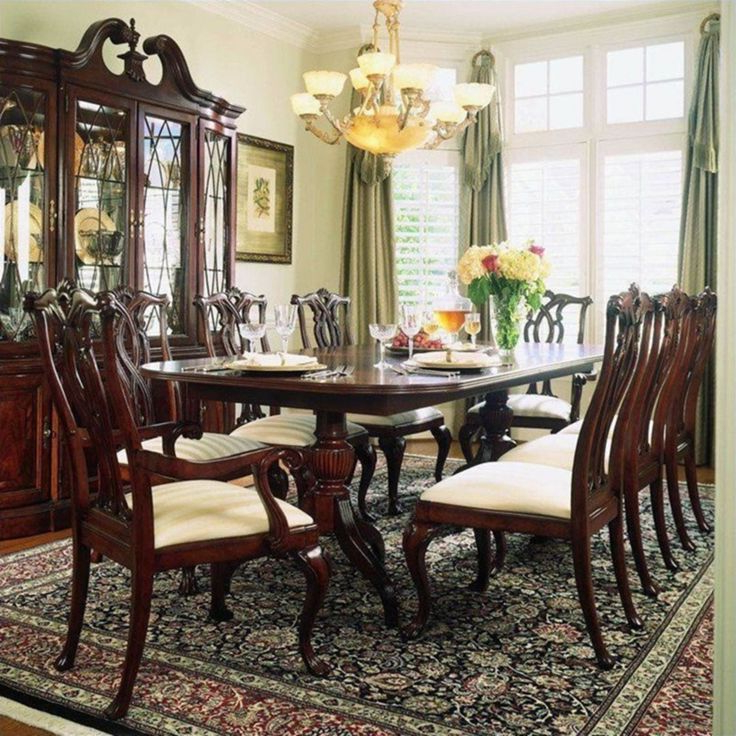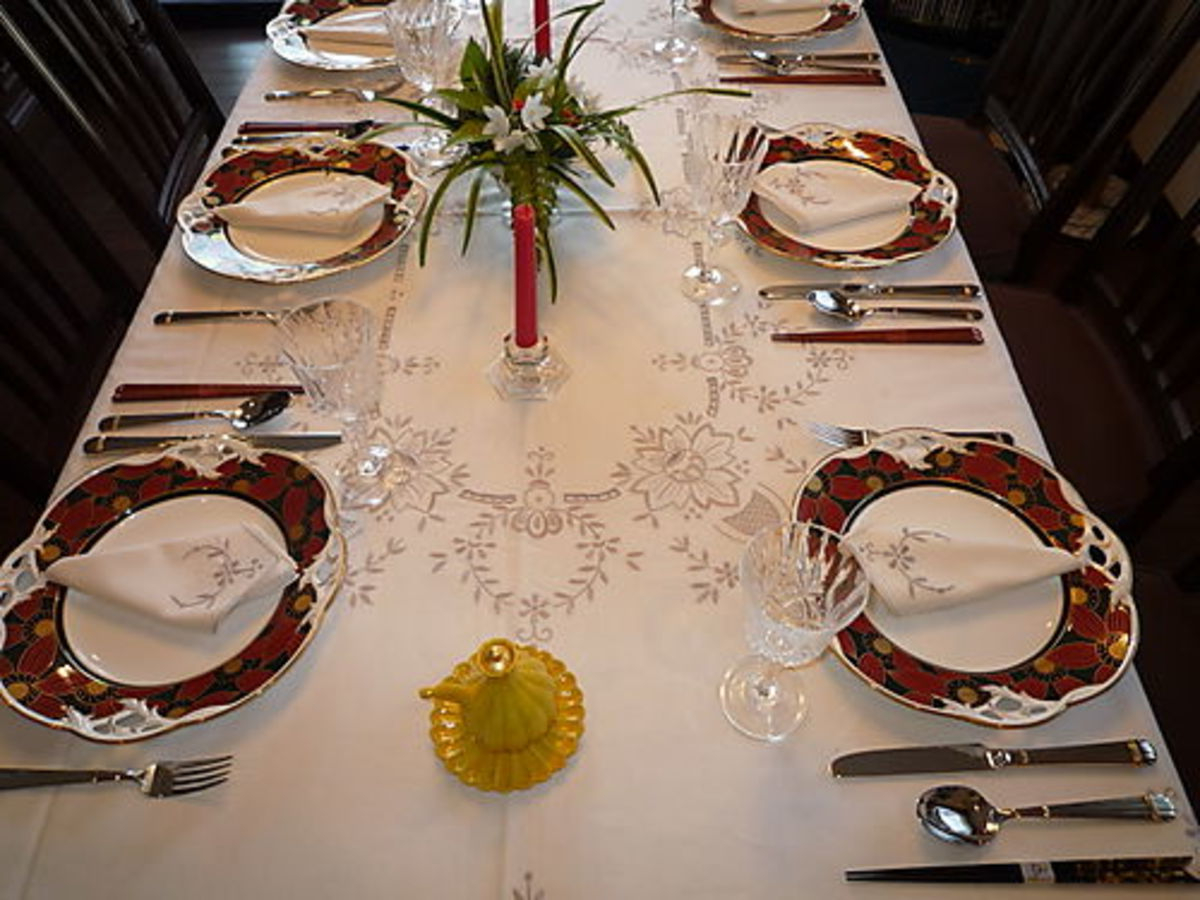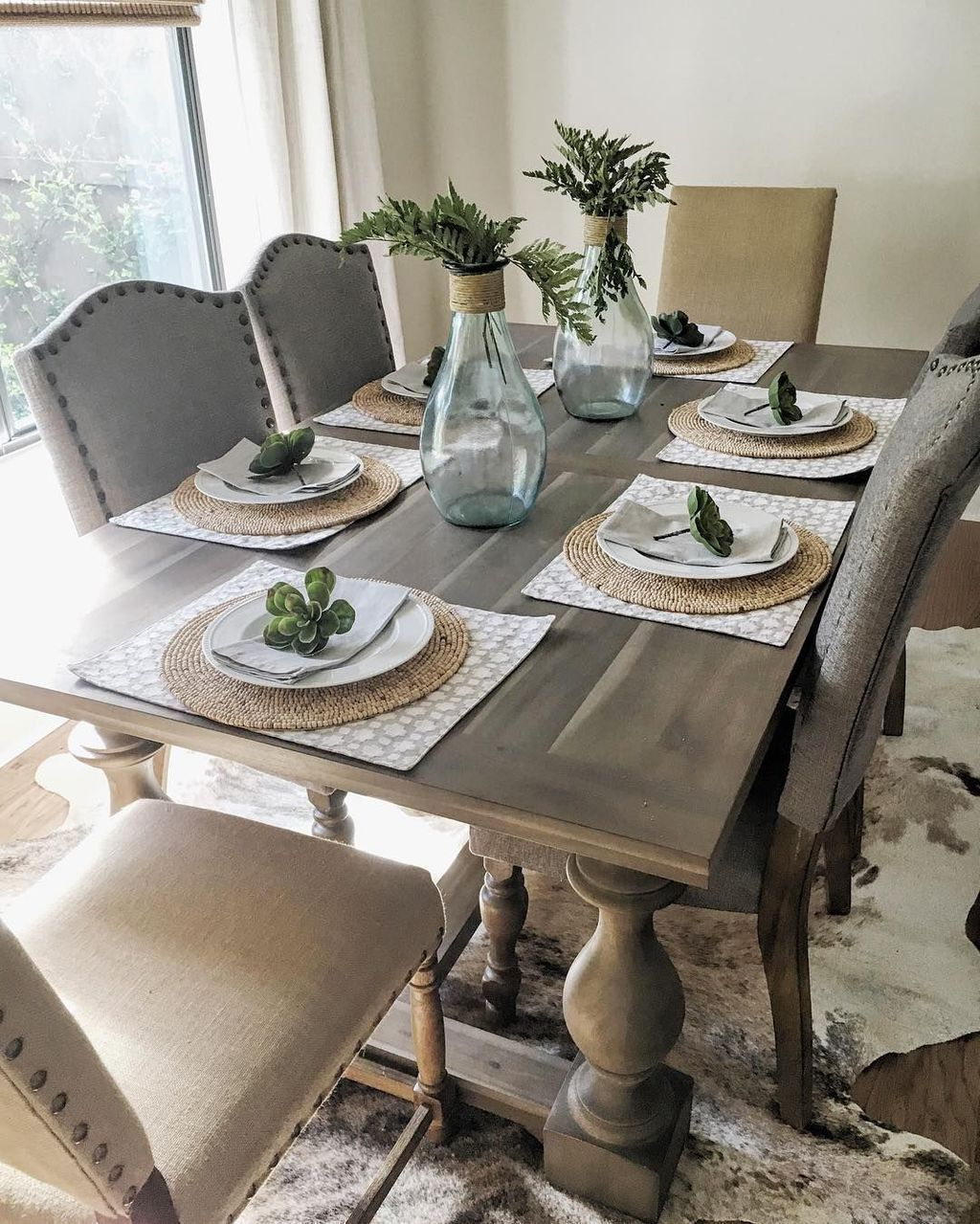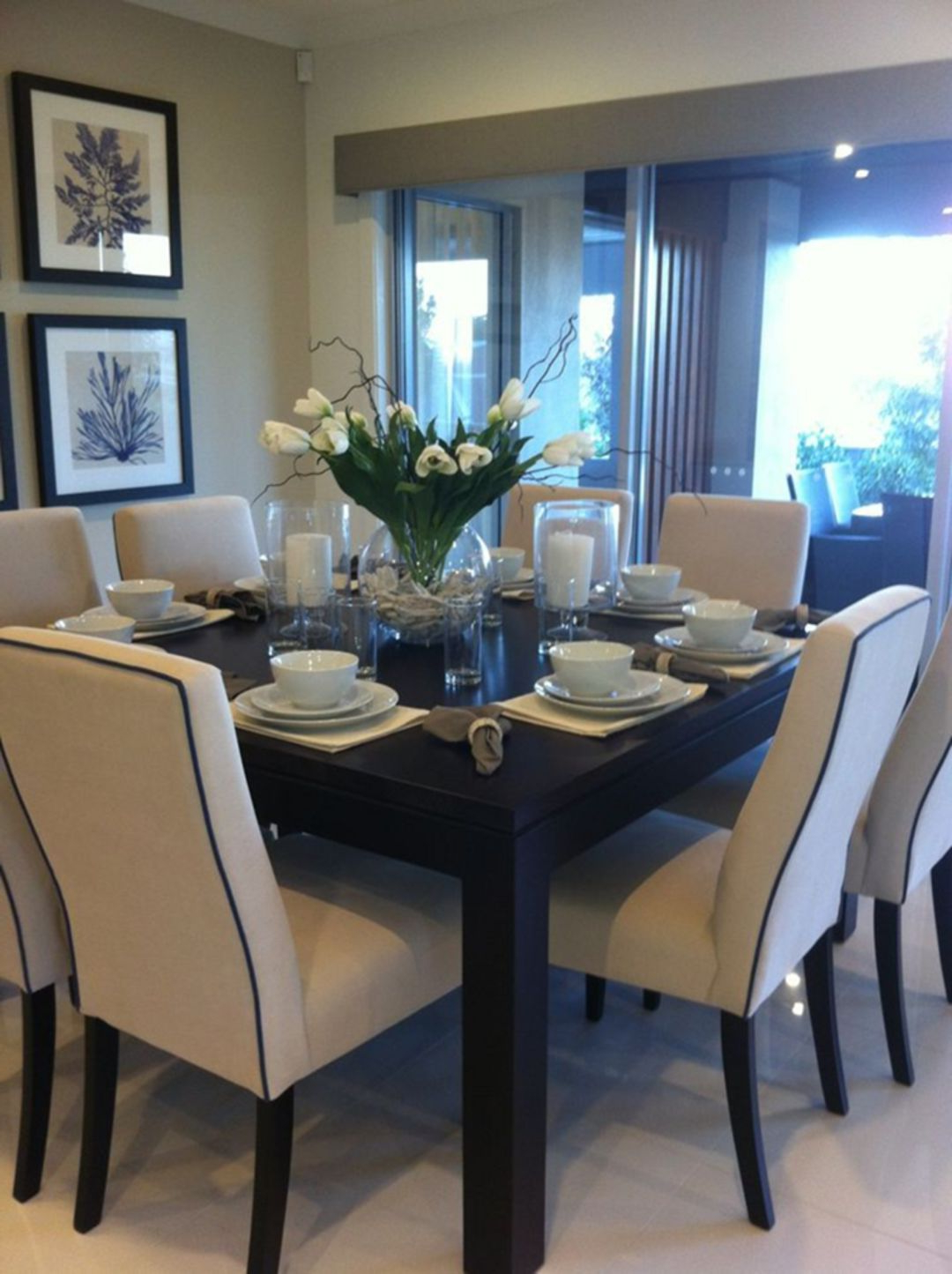The dining room table is more than just a surface; it’s the heart of your gathering. It’s where stories are shared, laughter echoes, and connections are forged. So, how do you make sure your table is not just set, but truly set to welcome your guests and make them feel special? It’s all about blending style with practicality, and a little bit of thoughtful arrangement goes a long way. Let’s dive in and make your next meal a memorable one.
Ever walked into a dining room and felt an instant sense of warmth and invitation? Chances are, the table was a big part of that feeling. Setting a table for guests isn’t just about knowing where the fork goes. It’s about communicating care, thoughtfulness, and a genuine desire to make your visitors feel comfortable and appreciated. Whether it’s a casual brunch with friends or a more formal dinner party, the way you arrange your dining room table can significantly elevate the entire experience. Let’s break down how to achieve that perfect balance of elegance and ease.
Understanding Your Space and Occasion
Before you even think about linens or charger plates, take a moment to consider your dining room itself and the nature of your gathering. How many people will you be seating? Is your table round, rectangular, or perhaps oval? The size and shape of your table will influence everything from place setting spacing to the flow of conversation. Then, think about the event. A relaxed family dinner will have different needs than a sophisticated holiday feast. For example, if you’re hosting a potluck, you might need more space for serving dishes and less emphasis on individual place settings. Conversely, a formal dinner calls for a more structured and traditional arrangement. Consider the ambiance you want to create – cozy and intimate, or grand and celebratory. This initial assessment is crucial for a successful setup.
The Foundation: Linens and Tablecloths
The foundation of any well-set table is often its covering. A tablecloth or placemats not only protect your table but also add color, texture, and a sense of occasion. For a formal event, a crisp, white or neutral-colored tablecloth is a classic choice. It provides a beautiful canvas for everything else you’ll place on it. If your table is already a beautiful piece of furniture, placemats can be a great option, allowing its natural beauty to shine through. For a more casual vibe, consider colorful or patterned linens that reflect your personal style. Ensure your tablecloth is ironed and hangs evenly – about 10-12 inches down each side is ideal. If you’re using placemats, make sure they are centered in front of each seat.
Place Setting Essentials: The Core Components
Now, let’s get down to the actual place settings. The standard arrangement is designed for ease of use and clarity. Generally, plates go in the center. The dinner plate is the base, and if you’re serving an appetizer or salad first, a smaller plate can be placed on top. Charger plates, which are decorative plates that sit under the dinner plate, add a touch of elegance and are typically removed before dessert is served.
Cutlery is arranged around the plate, with the general rule being: outside-in. Forks go to the left of the plate, knives (with blades facing inward) and spoons go to the right. If you have multiple forks, place them in order from left to right as they will be used – salad fork, then dinner fork. Similarly, knives and spoons are arranged from left to right based on their use. The dessert spoon and fork are usually placed horizontally above the plate, with the spoon handle pointing right and the fork handle pointing left. It sounds like a lot, but once you visualize it, it makes perfect sense.
Glassware and Napkins: Adding Finesse
Glassware is typically placed above and to the right of the plate, above the cutlery. The water glass usually sits directly above the knife. If you’re serving wine, the wine glass(es) are placed to the right of the water glass. For multiple wine glasses, arrange them in order of use, usually red wine glass then white wine glass, or by size.
Napkins can be placed to the left of the forks, on top of the plate, or in a napkin ring. Folding them neatly or using a decorative napkin ring adds a polished touch. A simple, elegant fold can be just as impactful as an elaborate one. Think about how your guests will reach for them – make sure they’re accessible and not in the way of other items. A well-placed napkin is a small detail that speaks volumes about your attention to detail.
Centerpieces and Decorations: The Finishing Touches
The centerpiece is your opportunity to add personality and visual interest to the table. It can be anything from a beautiful floral arrangement to candles, fruit, or even a collection of interesting objects. The key is to ensure it doesn’t obstruct conversation. Aim for a centerpiece that is low enough for guests to see each other over, or tall and narrow. Consider the height and width carefully.
Candles add wonderful ambiance, especially for evening meals. Votive candles can be placed around the table for a warm glow. If you’re using flowers, choose varieties that aren’t too heavily scented, as strong perfumes can interfere with the enjoyment of your food. Remember, the decorations should enhance, not overpower, the dining experience. Sometimes, less is more. A few well-chosen elements can be far more effective than an overly cluttered surface.
Practicality Meets Polish: Ensuring Guest Comfort
Beyond the aesthetics, think about the practicalities for your guests. Is there enough space between settings so people don’t feel cramped? Can guests easily reach for serving dishes if they are on the table? If you have a large number of serving dishes, consider a buffet-style setup instead of crowding the main dining table. Ensure there’s easy access to salt and pepper shakers, and any other condiments.
Don’t forget about serving utensils; make sure they are placed with each dish. If you’re serving multiple courses, consider having extra cutlery ready. The goal is to create a seamless and enjoyable experience for everyone. When guests feel relaxed and unburdened by awkward arrangements, they can truly focus on the food and the company. It’s this thoughtful consideration that transforms a meal into a celebration.
Setting a dining room table for guests is a wonderful way to express hospitality. By considering the occasion, the space, and the comfort of your visitors, you can create an arrangement that is both beautiful and functional. Remember, there are no strict, unbreakable rules – these are guidelines to help you create a welcoming and memorable setting. Don’t be afraid to inject your own personality and style into the arrangement. The most important ingredient is the warmth and care you put into it. So, go ahead, set that table, and get ready to create some wonderful memories with your guests.


